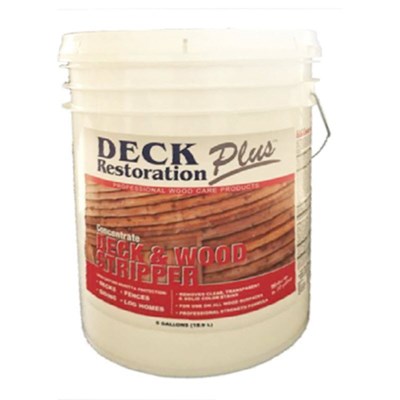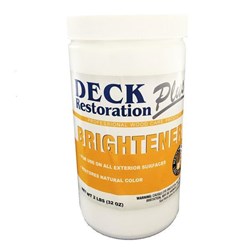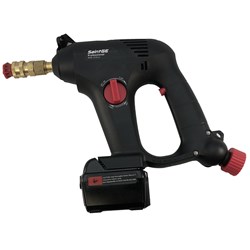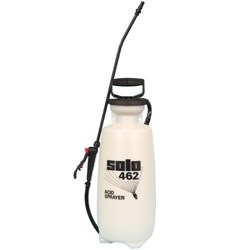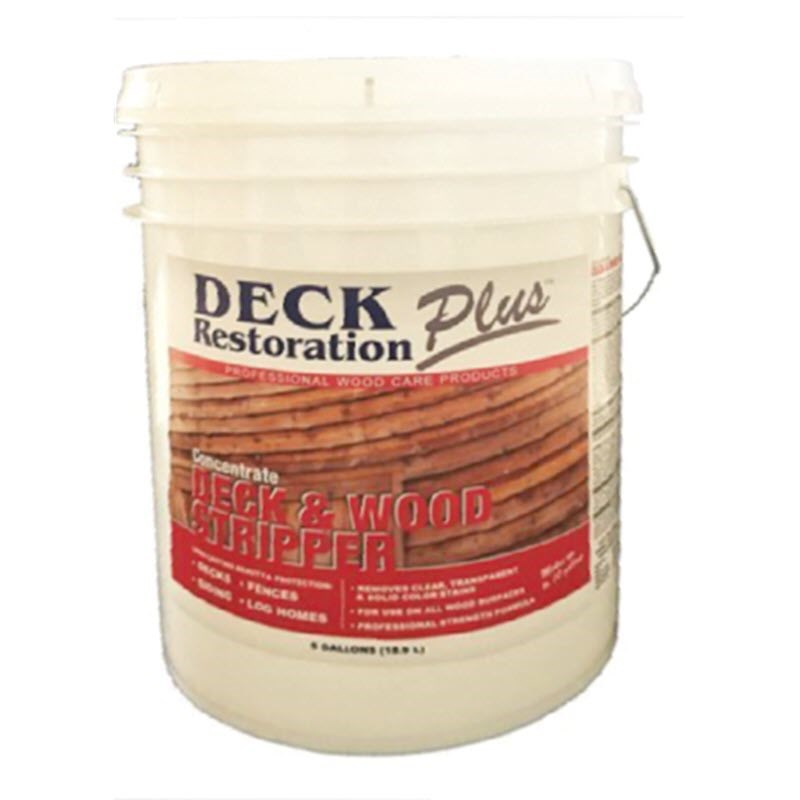Deck & Wood Stripper 5 Gallon DRP
Quick Overview
- Used to remove Coatings from wood surfaces, the professionals choice in coating removal and stripping
- safely remove all types of wood stains and coatings, including oil-based coating, water-based coatings, and hybrids. The only difference is the mix ratio and dwell time.
- This is step 1, the wood may appear dark, even black. Don’t worry. It will brighten back up to its beautiful original color once you apply the DRP Brightener in the next step.
- The stripper has a surfactant that lifts the coating up, so you just need to gently rinse. Make sure you rinse until all the product is off.
Show More
$255.20
$292.50
Deck & Wood Stripper
DRP Deck and Wood Stripper is designed for those wood surfaces that have a coating or stain that needs to be removed. The to safely remove all types of wood stains and coatings, including oil-based coating, water-based coatings, and hybrids. The only difference is the mix ratio and dwell time.
DRP Professional Strength Deck & Wood Stripper is a concentrated water based product for removing exterior deck and wood stains. Use on pressure treated pine, oak, redwood, cedar and other common wood types.
Removes clear, transparent, semi-transparent and solid color stains from decks, siding, fencing and other wood surfaces.
This product does not contain any bleach or phosphates.
To use:
- Pre-wet the wood. This keeps the product closer to the surface so it’s more effective and also helps prevent damaging the wood.
- Apply the stripper. Mix ratios vary from 3:1 for hard-to-remove stains/coating to 7:1 for those that are easier to remove.
- Allow to dwell as long as needed, typically between 20 to 40 minutes. If you’re working in cold weather, it may take a little longer.
- Do a “scuff” test. Either using a nylon brush or the heel of your boot, rub it on the surface and see if the coating is coming off. If so, then it’s time to rinse.
- Rinse thoroughly using a low-pressure rinse, keeping your nozzle 6 to 12 inches away from the wood. The stripper has a surfactant that lifts the coating up, so you just need to gently rinse. Make sure you rinse until all the product is off.
Note: The wood will likely appear dark, possibly even black. Don’t worry. It will brighten back up to its beautiful original color once you apply the DRP Brightener in the next step.
Undiluted gallon covers approximately 100-150 Square Feet. Overall coverage varies depending on dilution rate and substrate concentrate makes up to 10 gallons.
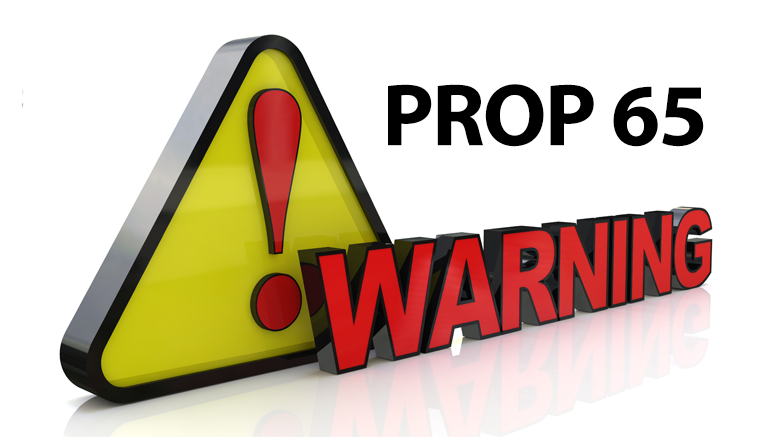
Proposition 65 requires businesses to provide warnings to Californians about significant exposures to chemicals that cause cancer, birth defects or other reproductive harm. These chemicals can be in the products that Californians purchase, in their homes or workplaces, or that are released into the environment. By requiring that this information be provided, Proposition 65 enables Californians to make informed decisions about their exposures to these chemicals. Proposition 65 also prohibits California businesses from knowingly discharging significant amounts of listed chemicals into sources of drinking water. Proposition 65 requires California to publish a list of chemicals known to cause cancer, birth defects or other reproductive harm. This list, which must be updated at least once a year, has grown to include approximately 900 chemicals since it was first published in 1987. Proposition 65 became law in November 1986, when California voters approved it by a 63-37 percent margin. The official name of Proposition 65 is the Safe Drinking Water and Toxic Enforcement Act of 1986.
The list of chemicals contains a wide range of naturally occurring and synthetic chemicals that include additives or ingredients in pesticides, common household products, food, drugs, dyes, or solvents. Listed chemicals may also be used in manufacturing and construction, or they may be byproducts of chemical processes, such as motor vehicle exhaust. For more information visit www.p65warnings.ca.gov/


